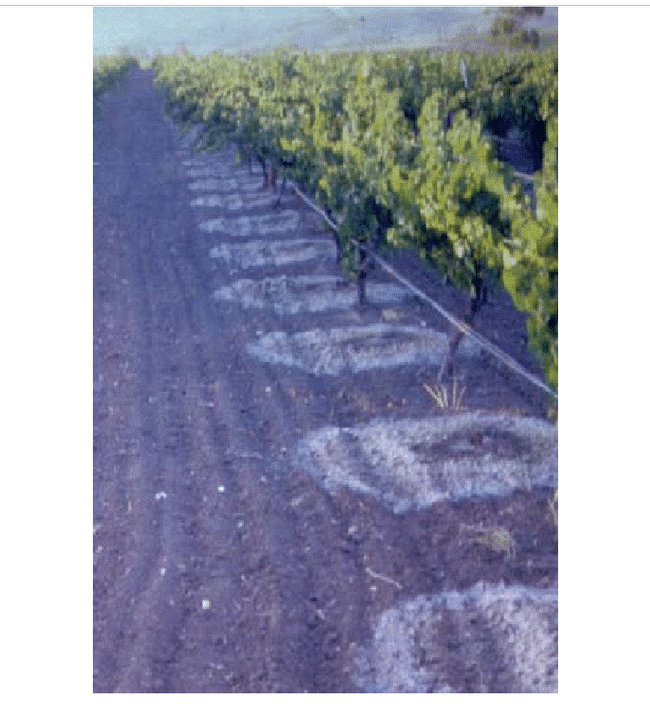Why guess how much water to apply to reduce salt damage by going to a simple graphical interface with pull down menus and get a pretty good idea of how to use that water to improve tree performance. Most mature crops are listed, soils, water qualities, and irrigation systems. From UC Riverside - SALEACH Try it, you might like it.
Leaching is essential in irrigated croplands where natural precipitation is insufficient to control salinity buildup. Several useful models exist for salinity management; however, leaching requirement (LR) calculations are based on steady-state approaches that only consider salinity tolerance of crops and irrigation water salinity to estimate the LR. In this study, a web-based soil salinity leaching management model (SALEACH) was developed as an online tool to assist growers for better and easier management of soil salinity to sustain agricultural production in irrigated croplands. SALEACH employs the traditional steady-state approach to estimate LRs but improves outputs by not only considering irrigation water salinity (ECiw) and salinity tolerance of specific crops (ECt), but also root water uptake patterns to account for irrigation system differences, and soil types for differences in hydraulic characteristics, as well as water stress and rainfall input. The SALEACH model can calculate the required irrigation water depth by using the estimated LR or any user-specified leaching fraction (LF) values; it can predict the drainage water salinity and soil salinity in the rootzone based on the applied leaching; and it can estimate relative crop yield for a given LF. SALEACH-estimated LRs were assessed in different soil types and irrigation systems by comparing them with LRs, soil water and drainage water salinity values obtained from an existing steady-state model (WATSUIT) and a transient-state model (HYDRUS-1D). Statistical analyses showed that SALEACH-estimated LRs, soil salinity, and drainage water salinity were all in the acceptable ranges of the corresponding values derived from other models. Thus, we conclude SALEACH is reliable and can be employed by practitioners to produce satisfactory estimations of LRs and soil salinity by considering the soil, crop, water quality, and irrigation system. Adoption of the model can improve water use efficiency and reduce groundwater pollution.
